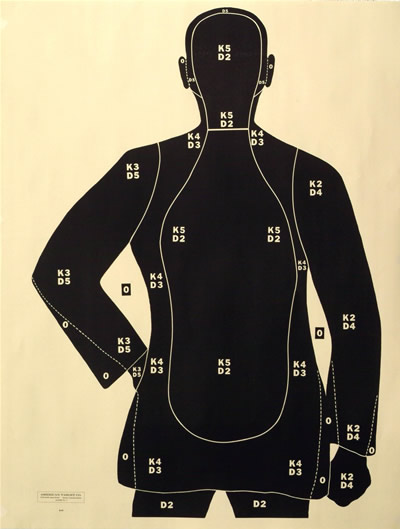Kano383
Member
To get back to the original question... The essence of the post was not the number of rounds in the magazine per se, even though that was the opening, but more on what is done with these rounds - and the assessment of the real threat faced in day-to-day life.
"... watching videos of encounters where one or the other shooter empties fifteen rounds in one-and-a-half second in the general direction of whatever bothers him at the moment, I always think “Why the excitement, why not aim?”.
Could it be because the high capacity magazines have led people to rely on quantity instead of quality? Was it like that when the usual load was six in a wheelgun or seven in a 1911?"
Basically, if you carry a 30 rounds mag, and empty 29 of them when 2 or 3 well aimed rounds would have done the job, you've just rendered your firearm as useful as a two-shots derringer after the first round. So at this point, you'd have been best served with a two-shots derringer that you mastered so skillfully that you could pull a brain shot with your first round everytime... Between these two points lies a balance that is for everyone to find according to his circumstances.
But the point remains, better training and mental preparation should make one able to face a threat with the confidence that he has the skills to make each round count, because this is what will save his bacon - not the sheer weight of lead transferred into the lard of an opponent.
"... watching videos of encounters where one or the other shooter empties fifteen rounds in one-and-a-half second in the general direction of whatever bothers him at the moment, I always think “Why the excitement, why not aim?”.
Could it be because the high capacity magazines have led people to rely on quantity instead of quality? Was it like that when the usual load was six in a wheelgun or seven in a 1911?"
Basically, if you carry a 30 rounds mag, and empty 29 of them when 2 or 3 well aimed rounds would have done the job, you've just rendered your firearm as useful as a two-shots derringer after the first round. So at this point, you'd have been best served with a two-shots derringer that you mastered so skillfully that you could pull a brain shot with your first round everytime... Between these two points lies a balance that is for everyone to find according to his circumstances.
But the point remains, better training and mental preparation should make one able to face a threat with the confidence that he has the skills to make each round count, because this is what will save his bacon - not the sheer weight of lead transferred into the lard of an opponent.
Last edited:




